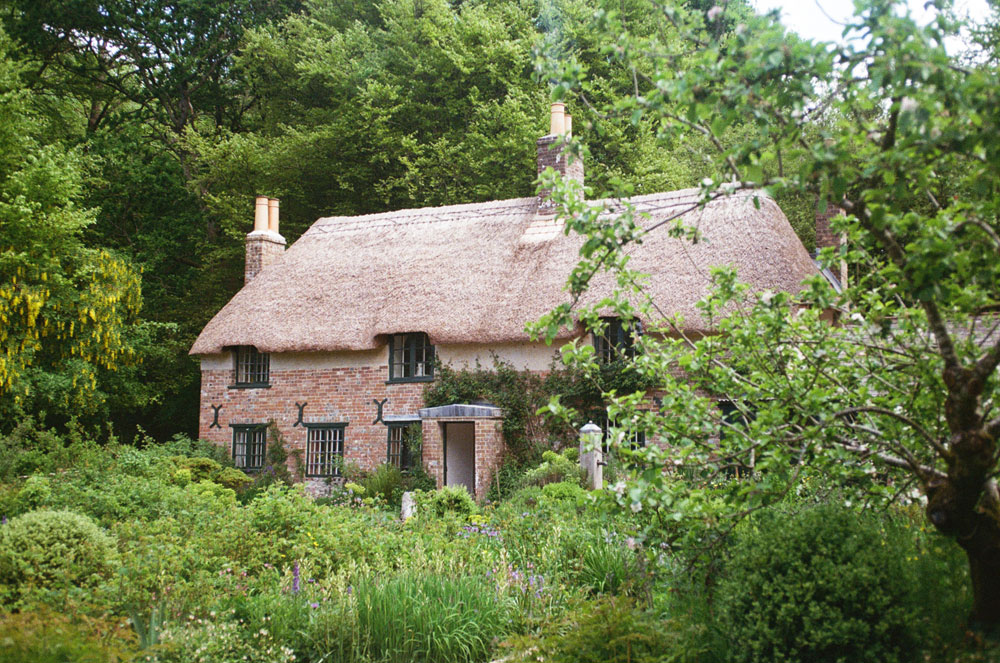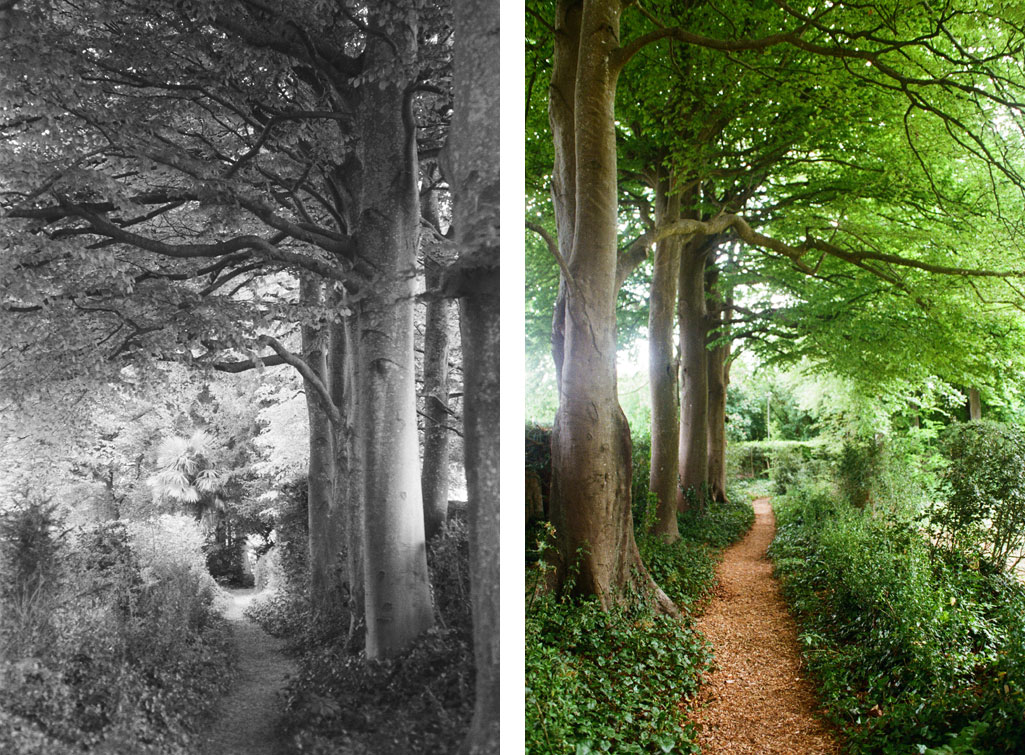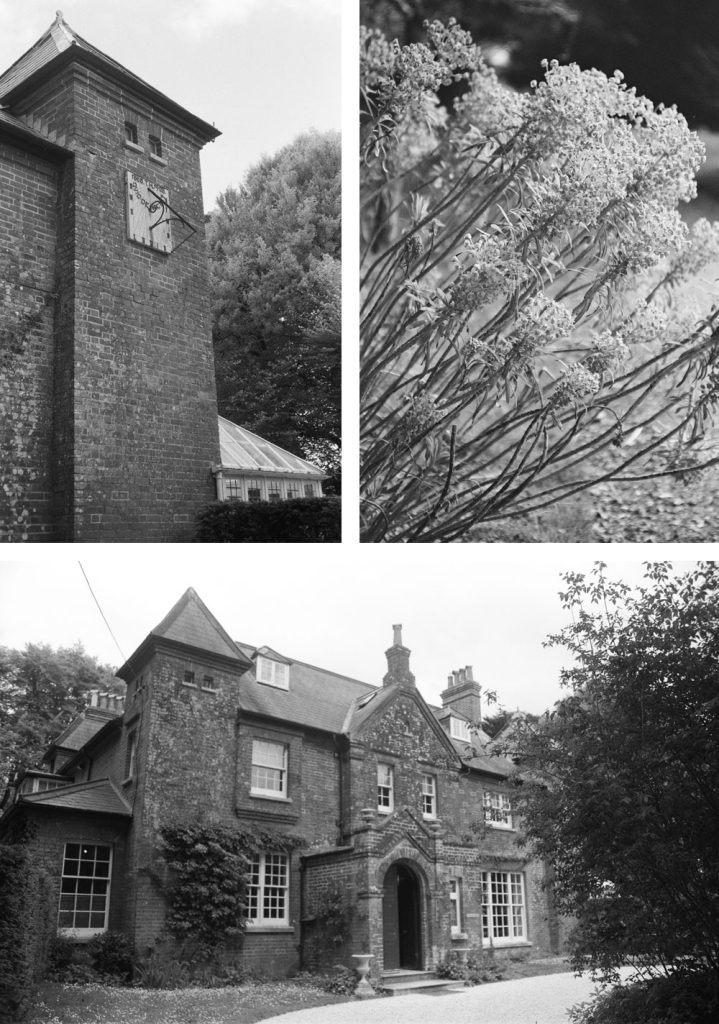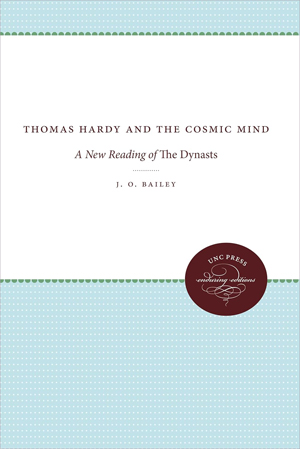
Far from the madding crowd
Thomas Hardy Cottage & Max Gate
“Sprite of Compassions, ask the Immanent!
I am but an accessory of Its works,
Whom the Ages render conscious; and at most
Figure as bounden witness of Its laws.”
—The Dynasts, Part First, Act First, Scene II
IN CONTINUATION OF our writers and artists from the south of England series, we now turn our attention to English author and poet, Thomas Hardy, a personal favourite. In antithesis to the harmoniously resolved work of Jane Austen, Hardy’s novels and poems are suffused with a tragic sensibility bordering on fatalism, for which he is often criticized.
However, if we look more deeply into the themes of his late great masterpieces, specifically Tess of the d’Urbervilles (1891) and Jude the Obscure (1895), we realize that his protagonists are not merely victims of social hierarchies but rather the playthings of an inscrutable cosmic force, referred to by Hardy as the “President of the Immortals”.
And yet his vision is by far from nihilistic—it is, in fact, innately spiritual in the way it affirms the dignity of human striving in the face of the mysterious, and even merciless, unfoldment of individual destiny. Drawing on the philosophy of German philosophers Arthur Schopenhauer and Eduard von Hartmann with their theories on the nature of ultimate reality and the realm of the unconscious mind respectively, Hardy’s work evokes a sacred pathos, where suffering becomes a means of personal redemption. Indeed, in his later years, he would significantly modify his pessimistic worldview by declaring himself to be an “evolutionary meliorist”, evinced by the poetry he composed in his later life, most notably his magnum opus, The Dynasts.
Thomas Hardy was born a delicate child on 2nd June 1840 in a thatched three-roomed cottage on Cherry Lane, Higher Bockhampton, Dorset, to a fiddle-playing stonemason father and a mother who had keen literary tastes, who ensured her son had the best education they could provide. After being apprenticed at 16 to a local architect, Hardy then worked for a professional firm in the city after a spell of architectural training at King’s College, London. Despite enjoying the cultural life of the capital and the business of serious writing in his free time, he finally returned to his native Dorset, mythologized as Wessex (“partly real, partly dream-country”), moving into Max Gate in Dorchester, which he designed himself, with his new wife, Emma Gifford, in order to continue his literary career.
Undoubtedly, Hardy’s development as a writer was forged in his childhood, which instilled within him a deeply held reverence for nature. The landscapes depicted in his writing, therefore, became not just a mere backdrop for the unfolding drama of his stories but a living, breathing presence. Inspired by Thorncombe Wood that lies south of the cottage, Hardy embellished his tales with the flora and fauna he witnessed there, whilst wandering throughout the passing seasons as a young boy. Although he does not portray nature as benevolent or divinely ordered, the Wessex countryside is imbued with a numinous power, hinting at a spiritual reality beyond its ephemeral appearance, often echoing the pagan rhythms of rural life.
Despite being raised in the Anglican tradition, Hardy experienced a profound crisis of faith as a young man, viewing Christianity itself to be redundant, with its moral teachings having potentially damaging effects. Declaring himself agnostic, he initially turned to the works of anthropologists Charles Darwin and Herbert Spencer for solace and an explanation of man’s position in the world. Akin to the fiction of Jane Austen, many of Hardy’s novels outline a disillusionment with conventional religion, offering negative character portrayals of the clergy and the ongoing Victorian debate surrounding modernism and its relation to the Church.
Over the course of the years, Hardy had three studies at Max Gate, finally ensconcing himself in the largest at the back of the house, which was added during extensions to the property in 1894-5. His designs for the Poetry Study incorporated the large window without mullions and transoms at its centre (see top photograph), which allowed him to gaze without obstruction into the garden, from where he drew much inspiration and creative insight.
Like so many established writers, Hardy had his unique routine. At about nine every morning, Hardy would take tea and a breakfast of bacon with brown sugar sprinkled all over it, read The Times and take a short stroll along Nut Walk (which he planted between the east wall and a hedge), before installing himself in his study for the day’s work promptly at ten, dressed in an old pair of threadbare trousers and a fawn shawl when the weather was cold. He used a dipping pen with an inkwell and on the desk stood a calendar set permanently at Monday 7th March, the date he met his first wife.
As its name suggests, Hardy devoted his final years to writing verse in this room and when Emma died unexpectedly in 1912 in her boudoir directly above his study, he wrote a series of deeply personal love poems, offering remorse and regret for the rifts of their later marriage.
Another seminal text composed in his third study was arguably Hardy’s most ambitious work, The Dynasts (1904-1908), an epic verse drama in three parts of the Napoleonic Wars. Although it is structurally an historical narrative (meant to be read and not acted), Hardy weaves a profound philosophical thread though its total of 19 Acts and 131 scenes, personified through the voices of supernatural Spirits who offer metaphysical insights into the nature of the human condition.
A morality play featuring panoramic battles, political decisions and intimate conversations (think Shakespeare meets Tolstoy with a dash of Schopenhauer as someone once quipped, needing a certain amount of gusto to get through it all), The Dynasts wrestles with deep existential themes such as fate and determinism, war and suffering, irony and moral ambiguity.
Somewhat understandably, it was not a popular success, unlike his novels Tess and Jude; however, The Dynasts was praised for its poetic mastery, which is steeped in nondualistic thinking, the illusion of egoic striving and the holy mystery of existence.
Interestingly, when Hardy initially bought Max Gate, he was completely unawares of the ancient history that was later to be revealed under the ground of the plot he had purchased. When the garden was designed, it was discovered that the property was built on a Neolithic stone circle, older than Stonehenge and Avebury. Whilst digging a drain in 1891, workmen discovered a large sarsen stone under the lawn, which took seven men to unearth, which was repositioned on the eastern boundary and referred to by Hardy as the Druid Stone. A century later, in the 1980s when the Dorchester bypass was constructed next to Max Gate, a second sarsen stone was discovered and ceremoniously placed next to the driveway.
In 1914, Hardy married his literary assistant, Florence Dugdale, 39 years his junior, who lived forever in the shadow of his first wife. Whatever the state of this marriage, however, she nursed him in his final years, until he died in his bedroom on 11th January 1928 of a heart attack, shortly after Florence had read to him from Edward Fitzgerald’s The Rubaiyat of Omar Khayyam, a poem emphasizing the fleeting nature of life and the importance of seizing the present moment.
Hardy left behind a rich body of work that pushed the literary and moral boundaries of late Victorian England. Despite being a shy and private man, he socialized with all the great thinkers and artists of his day—Robert Louis Stevenson, Gustav Holt, Robert Graves, T. E. Lawrence (“of Arabia”), Siegfried Sassoon, E. M. Forster and even Virginia and Leonard Woolf. His ashes were interred at Poets’ Corner in Westminster Abbey and his physical heart in the graveyard of Stinsford Church, where his parents and Emma are also buried, befittingly equidistant between Max Gate and his childhood cottage.
Nay, blame not! For what judgement can ye blame?—
In that immense unweeting Mind is shown
One far above forethinking; processive,
Yet superconscious; a Clairvoyancy
That knows not what It knows, yet works therewith.—
The cognizance ye mourn, Life’s doom to feel,
If I report it meetly, came unmeant,
Emerging with blind gropes from impercipience
By listless sequence—luckless, tragic Chance,
In your more human tongue.
—The Dynasts, Part First, Act Fifth, Scene IV
Writers & Artists Spirituality Series
Post Notes
- All images: © Paula Marvelly, Thomas Hardy’s Cottage, Thomas Hardy’s House, Max Gate
- Thomas Hardy’s Cottage, National Trust,
- Thomas Hardy’s House, Max Gate, National Trust
- Thomas Hardy, The Dynasts, The Project Gutenberg
- The Thomas Hardy Society
- Writers & Artists Spirituality Series
- Duncan Grant: Berwick Church
- Virginia Woolf: A Room of One’s Own
- T. S. Eliot: A Man Out of Time
- E. M. Forster: The Celestial Omnibus
- Kathleen Raine: The Land Unknown
- Paula Marvelly: The Sacred Feminine Through the Ages
- The Culturium uses affiliate marketing links via the Amazon Associates Programme






